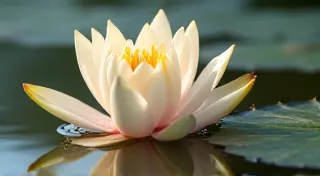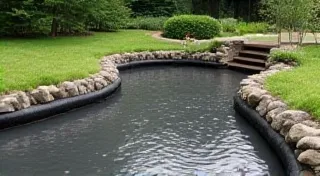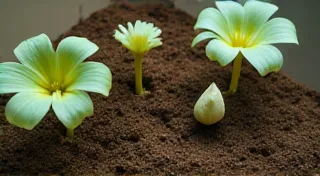Overwintering Water Lilies: A Regional Guide
Water lilies are stunning additions to any pond or water garden, bringing elegance and beauty. However, their survival through winter depends heavily on your climate. This guide provides regional strategies for overwintering water lilies, ensuring they thrive for years to come. We’ll cover both hardy and tropical varieties, as their needs differ significantly.
Understanding Hardy vs. Tropical Water Lilies
Before diving into regional strategies, it's vital to understand the difference between hardy and tropical water lilies:
- Hardy Water Lilies: These varieties (typically Nymphaea species and hybrids) are native to colder climates and can withstand freezing temperatures. They generally grow vigorously during the growing season and die back naturally in the fall.
- Tropical Water Lilies: These lilies (often Nymphaea hybrids) are not cold-hardy and require protection from frost. They are much more sensitive to temperature drops.
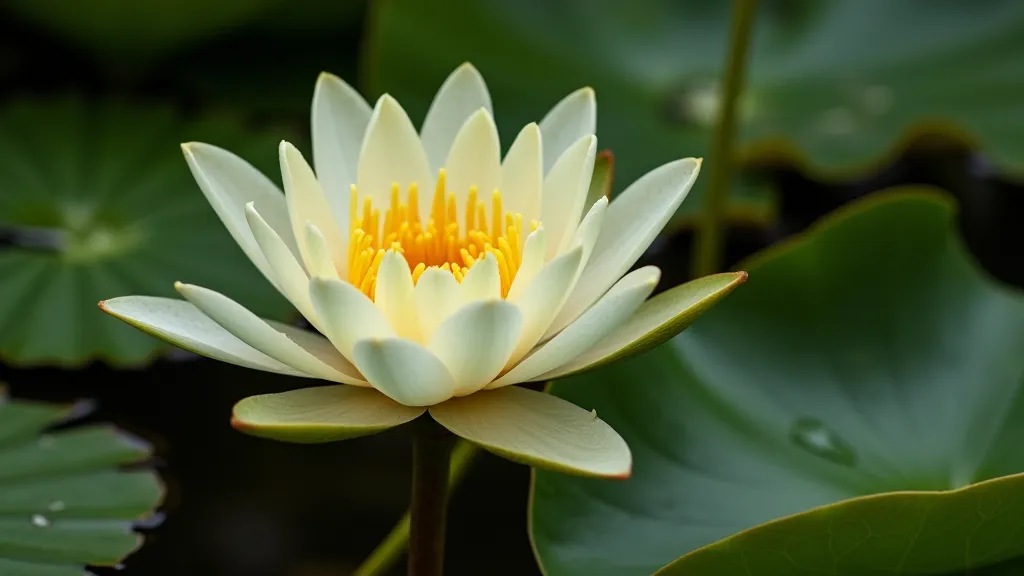
Regional Overwintering Strategies
Here’s a breakdown of overwintering techniques based on climate zones:
Zone 7 and Warmer (Mild Winters)
In these regions, water lilies often experience minimal frost. Here’s what you can do:
- Hardy Lilies: Generally, no action is needed. Ensure the pond doesn't completely freeze over, as this can harm the roots. A small de-icer can help.
- Tropical Lilies: Continue watering during mild spells and protect from any unexpected frost with floating row covers.
Zone 6 (Moderate Winters)
Zone 6 experiences more freezing temperatures, requiring more proactive measures.
- Hardy Lilies: You have a couple of options:
- Pond Depth: If your pond is deep enough (at least 3 feet), the water at the bottom will likely remain unfrozen, providing a suitable environment for the roots.
- Leave in Pond: Allow the foliage to die back naturally. Cut back dead foliage in spring.
- Tropical Lilies:
- Move to Protected Area: Move the lily to a sheltered location like a garage or basement filled with water.
- Pond Protection: Cover the entire pond with a thick layer of insulated pond blankets or hay bales.
Zone 5 and Colder (Harsh Winters)
In colder climates, the survival of your water lilies relies on careful preparation.
- Hardy Lilies:
- Remove and Store: The safest option is to remove the water lily tubers from the pond, clean them, and store them in a cool, dark, and humid place (like a basement). Wrap them in damp newspaper or peat moss.
- Deep Pond with Protection: A very deep pond (4+ feet) can sometimes suffice, but you're still at risk. Add extra insulation around the edges.
- Tropical Lilies:
- Mandatory Removal and Storage: Tropical lilies must be removed and stored in a cool, dark, and humid place. Failure to do so will result in their death.
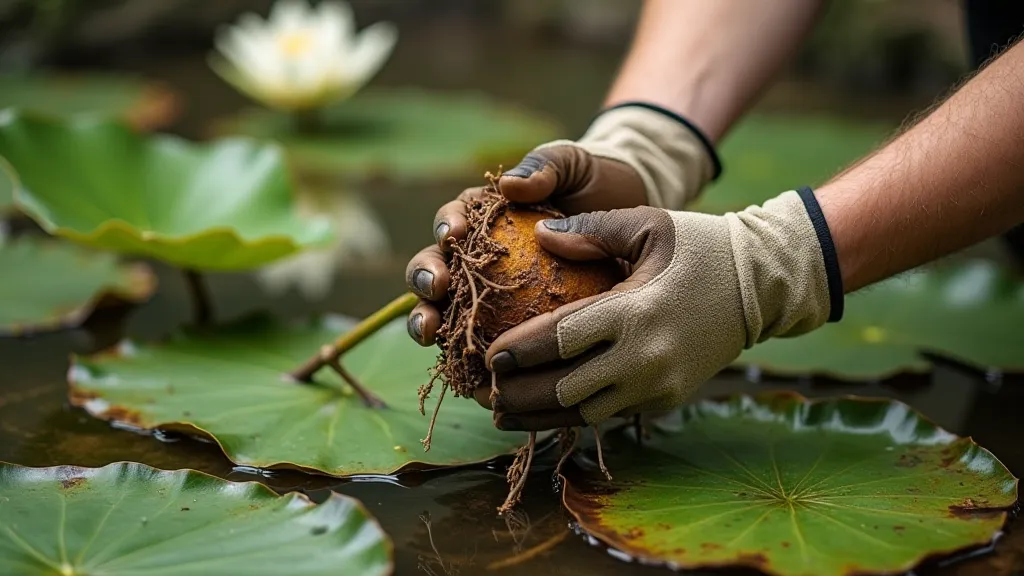
Specific Storage Instructions (For Removed Tubers)
- Clean the Tubers: Gently remove any clinging mud or debris. Do not scrub vigorously.
- Inspect for Disease: Check for signs of rot or disease. Discard any diseased tubers.
- Drying (Optional): Some gardeners lightly dry the tubers before storing, but this isn’t essential.
- Storage Medium: Wrap the tubers individually in damp newspaper, peat moss, or vermiculite.
- Container: Place the wrapped tubers in a plastic container or bag to maintain humidity.
- Location: Store in a cool (35-50°F/2-10°C), dark, and humid location.
Spring Revival
When spring arrives and the risk of frost has passed:
- Hardy Lilies (Stored): Replant the tubers in the pond.
- Tropical Lilies (Stored): Place the tubers in a container of water and gradually expose them to sunlight to encourage growth before transplanting to the pond.
- Fertilize: Provide a slow-release fertilizer specifically formulated for aquatic plants.
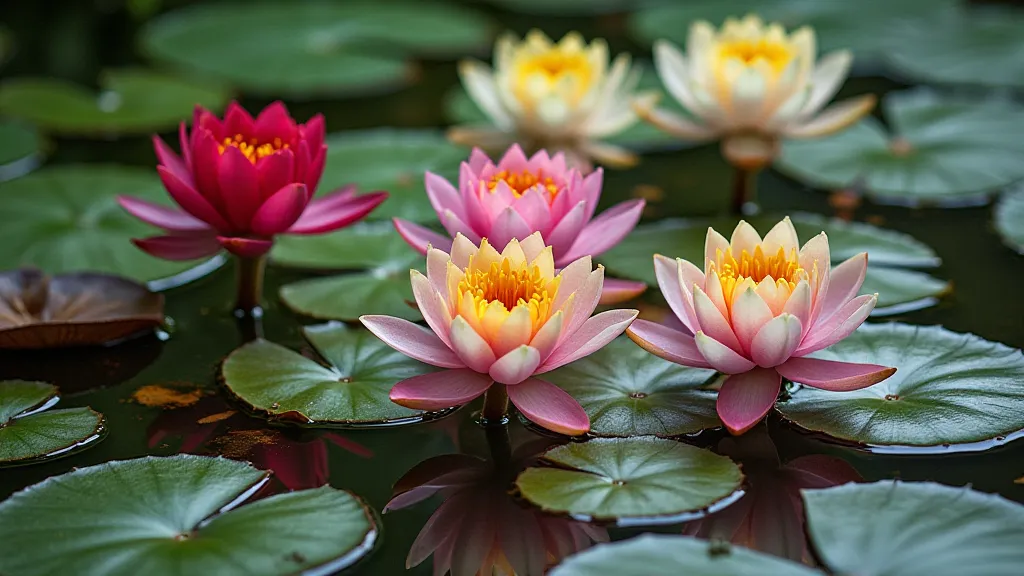
By following these regional guidelines, you can significantly increase the chances of your water lilies thriving and providing years of beauty to your pond or water garden. Remember to adapt your methods based on your specific microclimate and the needs of your particular lily varieties.
